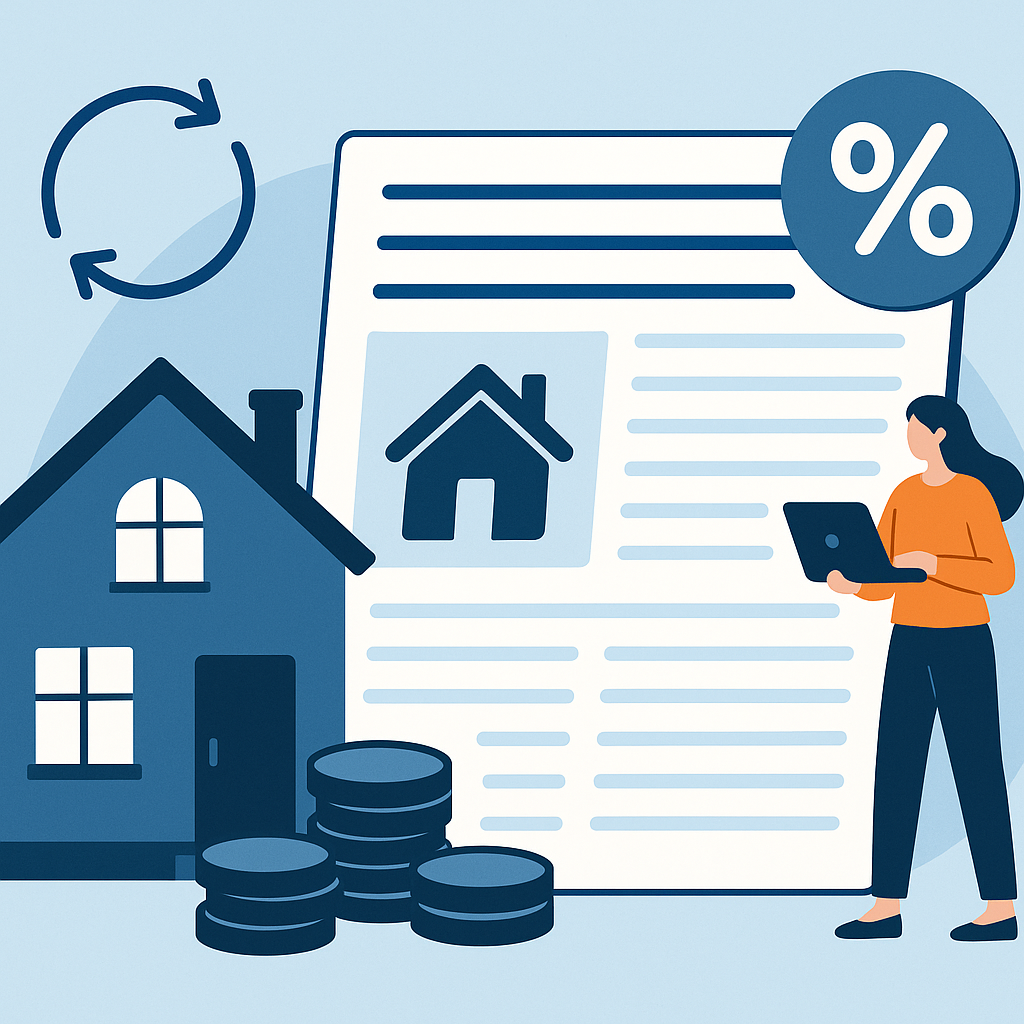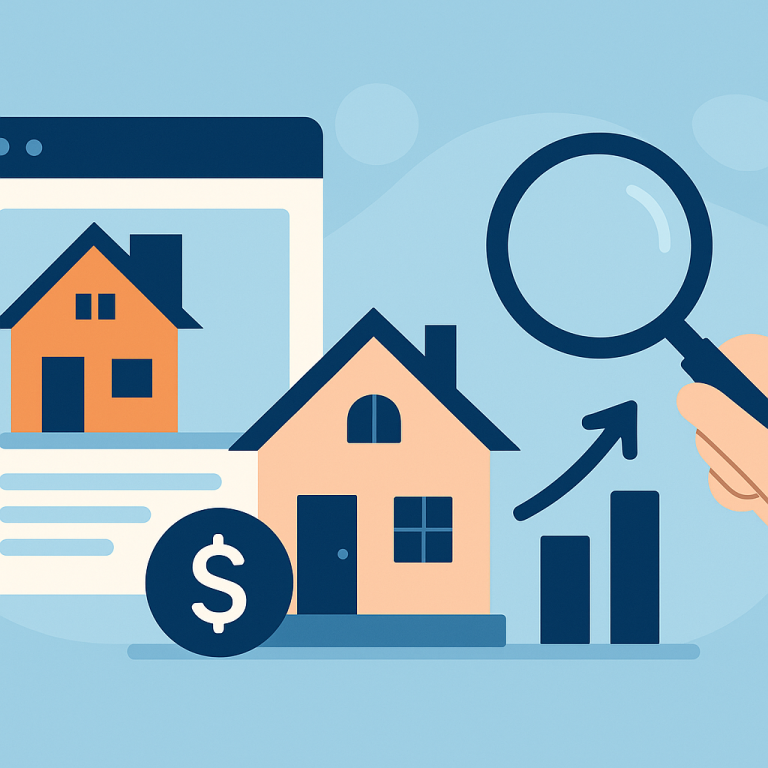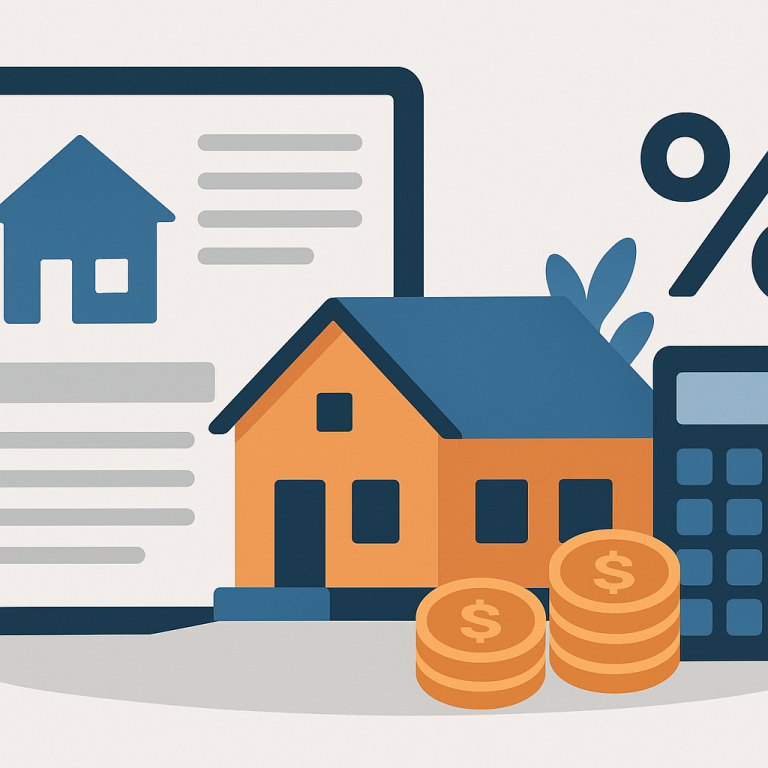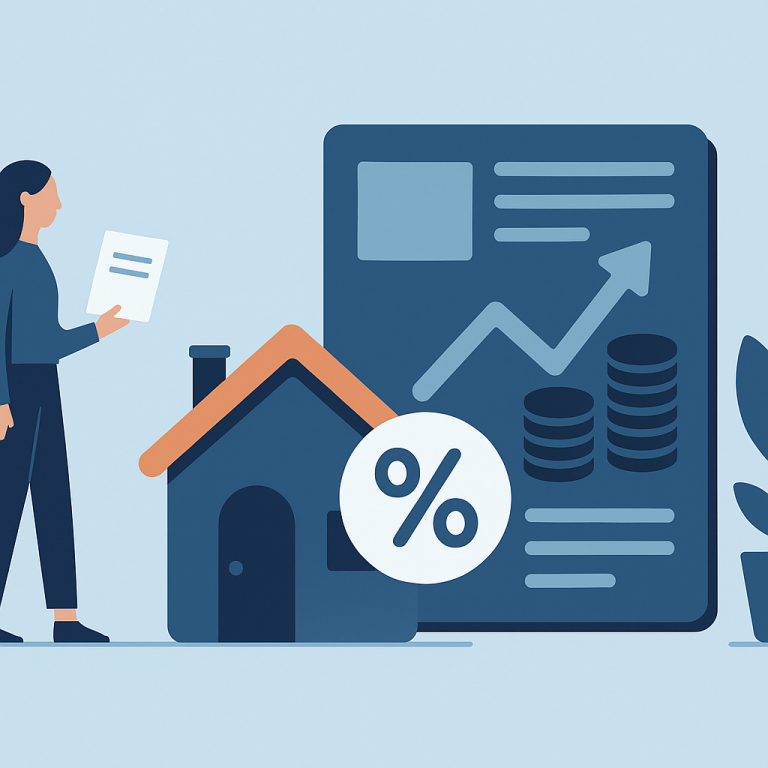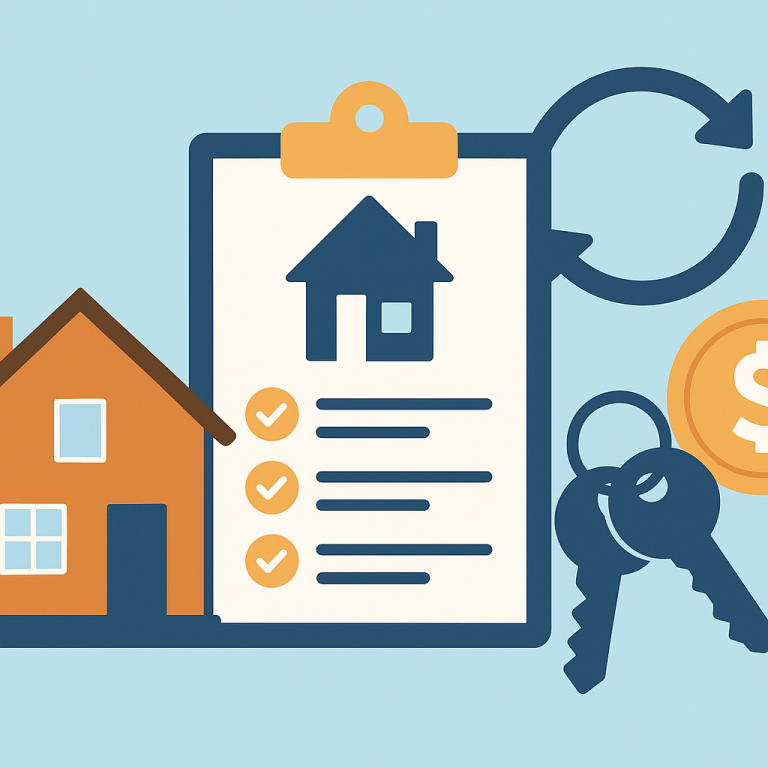Major Banks Cut Mortgage Refinance Closing Costs, Driving Surge In Rate-Shopping
Refinance Activity Picks Up as Rates Stabilize; Homeowners Urged to Reassess Goals
Refinancing interest has risen modestly in recent months as mortgage rates have shown signs of stabilizing after a period of sharp movement. Industry observers say the current environment is prompting many homeowners to revisit their mortgage strategy — weighing rate-and-term refinances against cash-out options, or deciding whether to shorten loan terms to build equity faster. For borrowers, the decision increasingly depends on individual financial goals, remaining loan term and whether closing costs can be justified by projected savings.
Market Context and Lender Behavior
Lenders have adjusted offerings to reflect the new rate environment, with some promoting streamlined refinancing products and others tightening credit overlays in certain borrower segments. While headline rates matter, effective borrower outcomes are shaped by each lender’s fees, eligibility criteria and the borrower’s credit profile. As a result, homeowners should treat advertised rate tables as starting points rather than final quotes.
Key Considerations for Homeowners
Experts recommend a structured approach when evaluating refinance options. The most important factors to compare are the new interest rate and loan term, total closing costs, the break-even point, and how the refinance aligns with broader financial plans such as retirement or education funding.
- Break-even analysis: Calculate how long it will take for monthly savings to cover closing costs. If you expect to remain in the home beyond that period, a refinance can be beneficial.
- Loan term trade-offs: Shortening the term often increases monthly payments but reduces total interest paid; extending the term can lower monthly payments but may increase long-run interest.
- Cash-out refinancing: Using home equity for cash has distinct pros and cons. Funds can be useful for debt consolidation or home improvements, but cash-out loans increase loan balance and may affect loan-to-value considerations.
- Rate type decisions: Switching between adjustable and fixed rates remains a core choice. Fixed-rate loans offer predictable payments, while ARMs may start with lower rates but carry reset risk.
- Qualification and timing: Credit scores, debt-to-income ratios and documentation requirements still play a central role. Shopping multiple lenders can yield better terms; getting a few quotes helps identify competitive offers.
Practical Steps Before Signing
Homeowners should assemble recent pay stubs, tax returns and mortgage statements to speed underwriting, and request loan estimates from several lenders to compare all costs. Check for prepayment penalties on the existing mortgage and ask whether the new loan includes any borrower protections or fees that could affect long-term value. It can also be worthwhile to run scenarios showing different staying periods in the home to see how the economics change.
Takeaways
- Refinancing can make sense when the break-even horizon aligns with your staying plans and financial goals.
- Compare full loan estimates, not just headline rates, and consider both monthly impact and total interest paid.
- Decide whether cash-out funds are essential and confirm how an increased balance affects future flexibility.
- Shop multiple lenders and confirm documentation requirements to reduce surprises during closing.
With rates no longer moving in only one direction, the best refinance decision depends less on timing the market and more on matching a mortgage product to your individual cash flow needs and long-term plans.
META: refinancing, mortgage rates, homeowner advice, cash-out, break-even analysis

